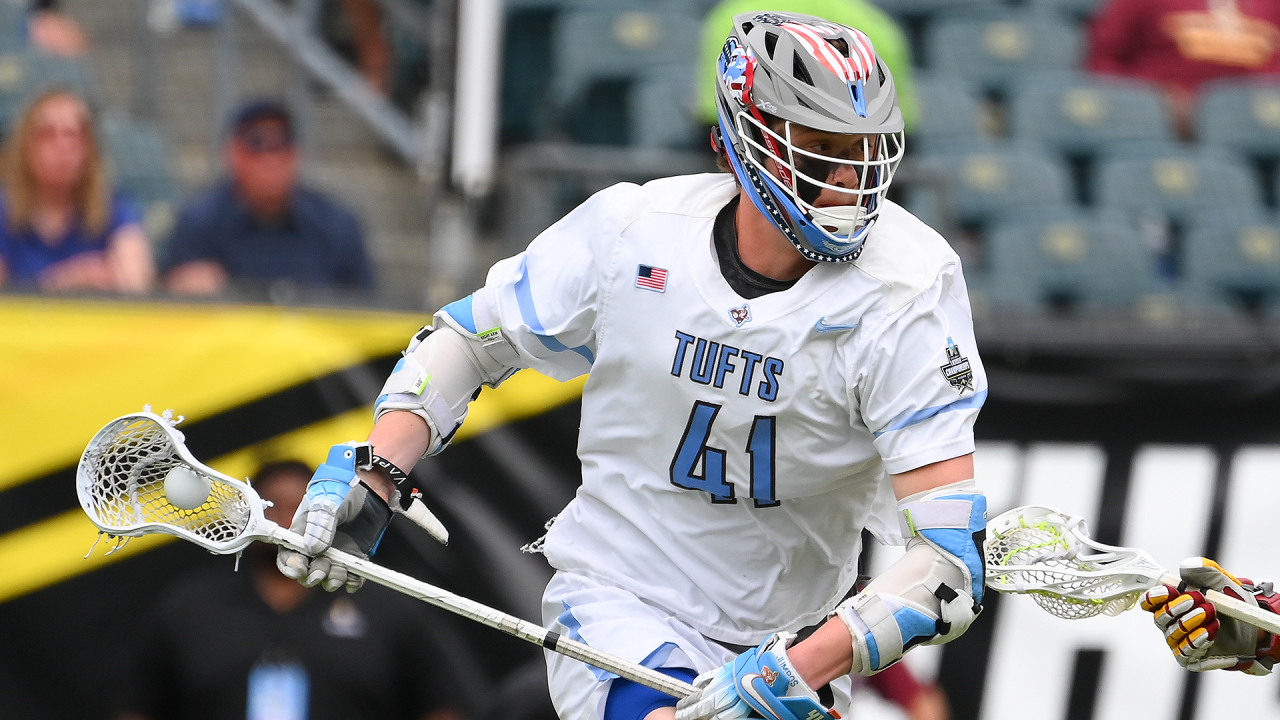1. SALISBURY
Coming off the 2023 title run, Salisbury’s ramped up their non-conference slate, which is projected to be the 18th toughest, up five spots from the previous year’s 23rd. The real battles for the Gulls are in-conference, obviously, which is why their overall SOS is projected to be 2nd. Still, the fact that their out-of-conference matchups are tougher than a year ago shows how little interest the staff has in resting on their laurels.
2. CHRISTOPHER NEWPORT
The Captains enter the season with a deep and experienced roster, featuring 61 players and a returning core responsible for 95% of the previous year’s offensive output. The team’s portal activity, including the addition of transfer Duncan O’Brien, and the retention of key players like Andrew Cook and Brett Jackson, promise to sustain their high-octane offense, which previously ranked in the 98th percentile for opponent-adjusted efficiency. This depth, combined with the proven defense and faceoff specialists, positions the Captains favorably for championship contention. Assuming they’ve figured out how to counteract the maroon and gold kryptonite that is Salisbury.
3. RIT
Not many teams have such a large split between their opponent-adjusted and raw defensive efficiencies. But RIT faced a really strong set of offenses in 2023. As a result, if you just looked at their raw efficiency (goals allowed divided by defensive possessions faced), they look like a 66th-percentile defense. The best of the average defenses. But apply the opponent-adjustment to account for the fact that they played such strong offenses, and they were actually the 9th-best defense in the country.
4. LYNCHBURG
For Lynchburg, shooting was a critical success factor, as its record attests: 12-2 when its shooting percentage finished above 26.5%, compared to 0-5 when falling below this threshold. In the 14 games with a shooting percentage above 25.6%, Lynchburg’s overall offensive efficiency was 34% versus 22% when it was below that mark. Turnovers weren’t the issue for this offense, it was creating, and then finishing, high-quality shots.
5. TUFTS
The Jumbos really ramped up their game by scheduling what projects as the most challenging non-conference lineup in the nation. That is a step up from last year’s 6th-place in non-conference schedule strength. This not only demonstrates the team’s ambition but also serves as a potential boost for their postseason credentials, given the importance of strength-of-schedule in selection considerations. With an overall schedule ranked as the 2nd-most difficult, the Jumbos are clearly setting their sights on proving themselves against top-tier competition and solidifying their reputation as a powerhouse.
6. BOWDOIN
Bowdoin’s schedule represents a big step up in non-conference difficulty. Bowdoin dropped Emerson and Nazareth, the 145th- and 70th-rated teams in the country, according to the LaxElo model. And it added MIT, which is currently LaxElo’s 28th-rated team. It was a very solid 2023 for Bowdoin, and it’s stepping up the challenge accordingly.
7. MIDDLEBURY
Combing through the Middlebury splits last year, you notice that the Panthers’ shooters were more or less in line with the national average in every segment of the shot clock. Their biggest outlier was on shots with 20-40 seconds left on the shot clock. They shot 30% on these shots, and the national average was 26.5%. And that’s not a very large gap. What is interesting, though, is that they took 34.7% of their shots early, with less than 20 seconds gone on the shot clock, compared to the national average of 29.9%. And they were less likely to shoot with between 20-60 seconds left on the shot clock. Pedal to the metal.
8. YORK
York has a non-conference schedule that projects as one of toughest in the entire country — if not the toughest overall. At this point, it’s part of this program’s DNA. Last year’s non-conference slate ranked 2nd in difficulty. And with an overall strength-of-schedule that projects as 11th-most difficult nationally, they’ll be relying on a trial-by-fire to motivate a bounceback season.
9. AMHERST
The Mammoths are set to face a challenging and intriguing 2024 schedule. The schedule’s non-conference slate projects as the 16th-toughest nationally, easing slightly from the 2023 slate, which ranked 11th in terms of difficulty. Of course, their conference slate is always tough, and this year is no different. Overall, their full schedule, including conference and non-conference games, projects as the 11th-toughest in the country, same as last year. The non-conference may have eased a slight bit, but this is still a gauntlet of a schedule.
10. UNION
The 2024 schedule for Union will be grueling, projecting as the 2nd-toughest overall and featuring a more challenging non-conference lineup. Given their LaxElo rankings (54th vs. 146th, respectively), swapping Muhlenberg for Emerson was enough to bump their projected non-conference strength of schedule from 29th in 2023 to 14th this year. Other than that, they’ll play 14 teams that were on the schedule last year and against whom they went 10-6. Run it back!



























































